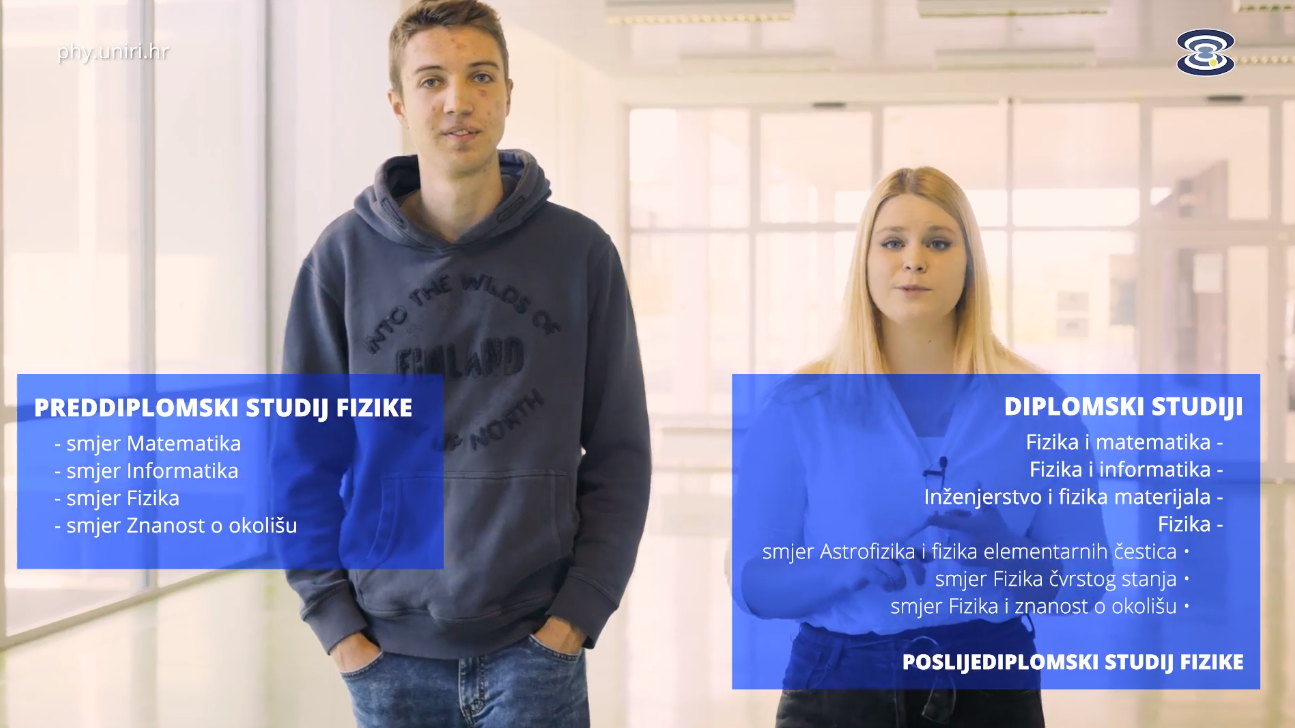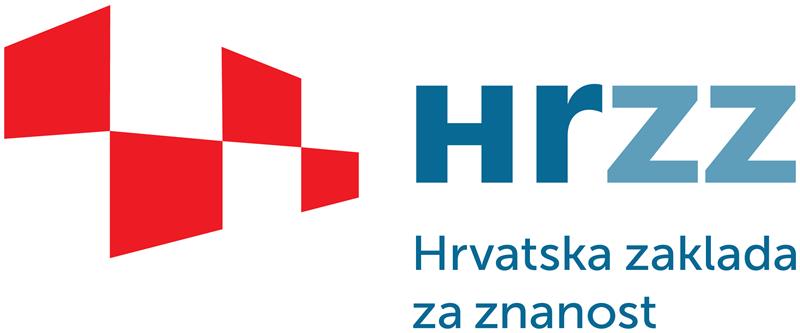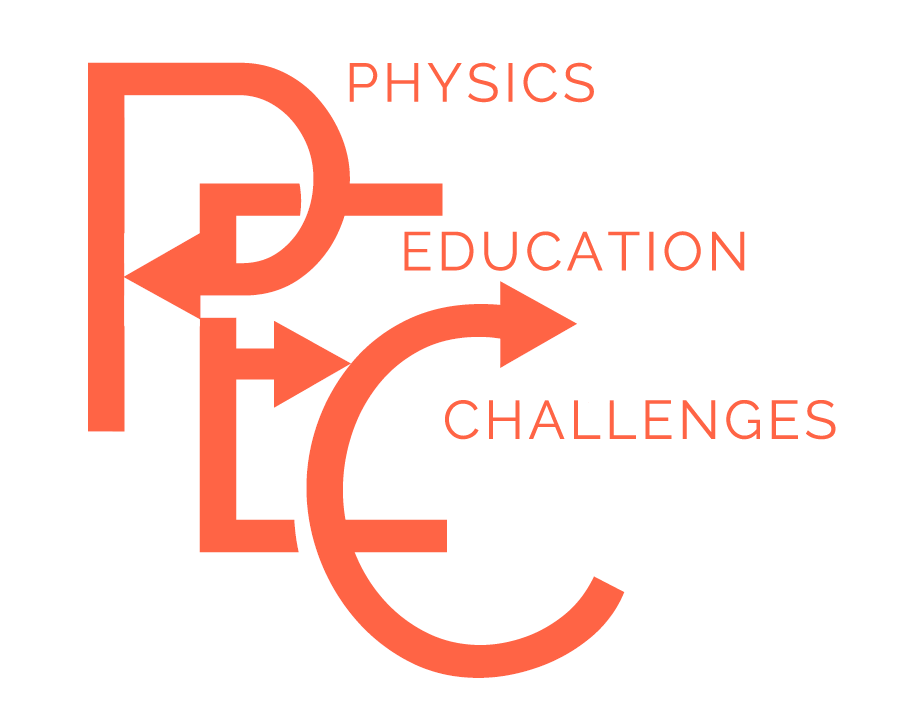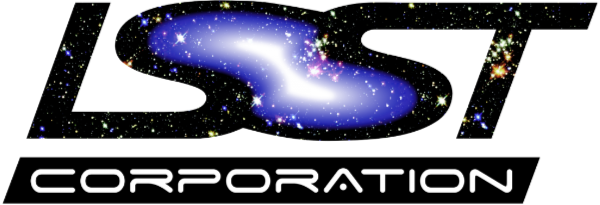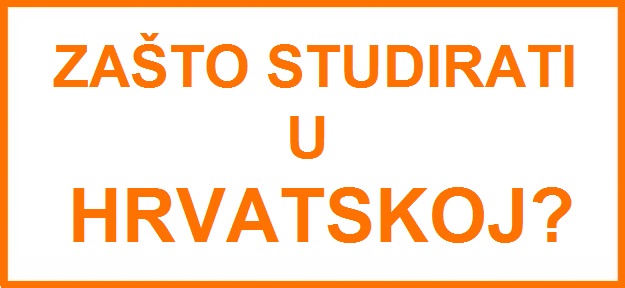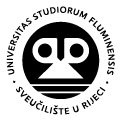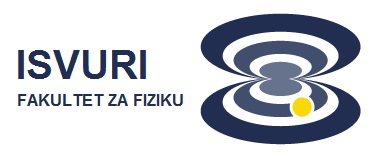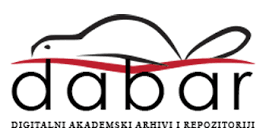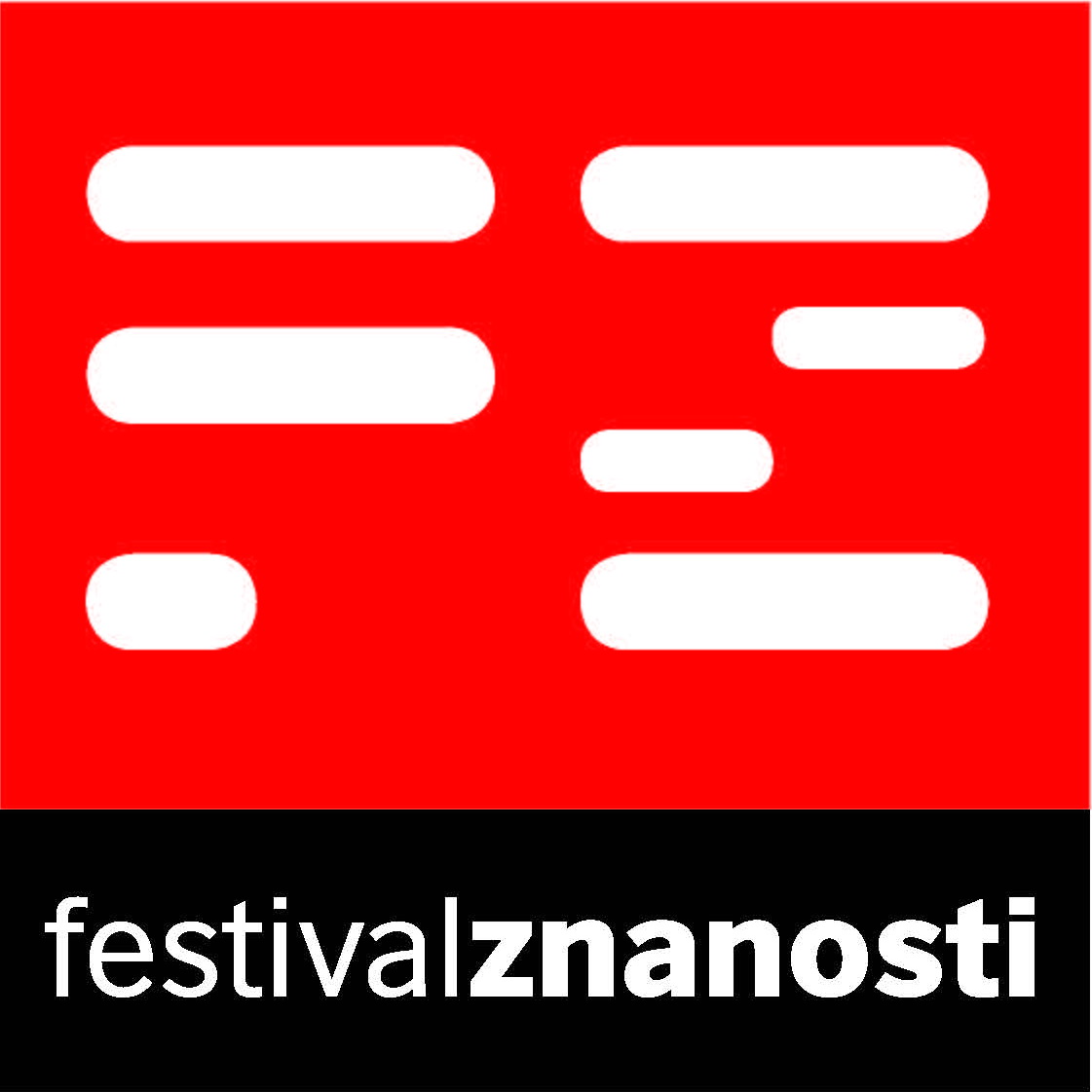HRZZ projekti
NPOO projekt
Seminar
Ultrafast VHE Gamma-Ray Flares of AGN
dr. Maxim Barkov
Mjesto i vrijeme:
Srijeda, 17. srpnja 2019. u 10:00 sati
Predavaona O-153
Sveučilišni Kampus na Trsatu
Radmile Matejčić 2
51000 Rijeka
Sažetak:
We analyze three scenarios to address the challenge of ultrafast gamma-ray variability reported from active galactic nuclei. We focus on the energy requirements imposed by these scenarios: (i) external cloud in the jet, (ii) relativistic blob propagating through the jet material, and (iii) production of high-energy gamma-rays in the magnetosphere gaps. We show that while the first two scenarios are not constrained by the flare luminosity, there is a robust upper limit on the luminosity of flares generated in the black hole magnetosphere. This limit depends weakly on the mass of the central black hole and is determined by the accretion disk magnetization, viewing angle, and the pair multiplicity. For the most favorable values of these parameters, the luminosity for 5-minute flares is limited by 2×1043 erg s-1, which excludes a black hole magnetosphere origin of the flare detected from IC 310. In the scopes of scenarios (i) and (ii), the jet power, which is required to explain the IC 310 flare, exceeds the jet power estimated based on the radio data. To resolve this discrepancy in the framework of scenario (ii), it is sufficient to assume that the relativistic blobs are not distributed isotropically in the jet reference frame. A realization of scenario (i) demands that the jet power during the flare exceeds by a factor 102 the power of the radio jet relevant to a timescale of 108 years.
Računalna potraga za novim materijalima
dr. sc. Predrag Lazić
Mjesto i vrijeme:
Srijeda, 24. siječnja 2018. u 13:00 sati
Predavaona O-153
Sveučilišni Kampus na Trsatu
Radmile Matejčić 2
51000 Rijeka
Sažetak:
Putovanje svemirom - fantazija i stvarnost
prof. dr. sc. Slobodan Danko Bosanac
Mjesto i vrijeme:
Srijeda, 10. siječnja 2018. u 13:00 sati
Predavaona O-029
Sveučilišni Kampus na Trsatu
Radmile Matejčić 2
51000 Rijeka
Sažetak:
The quest for the Dark Side with CAST, KWISP and beyond
Izv. prof. dr. sc. Giovanni Cantatore
Mjesto i vrijeme:
Srijeda, 29. studenog 2017. u 13:00 sati
Predavaona O-153
Sveučilišni Kampus na Trsatu
Radmile Matejčić 2
51000 Rijeka
Sažetak:
Biomedical Application Technologies and Sensors at BATS-lab of UMG
Izv. prof. dr. sc. Antonino Fiorillo
Mjesto i vrijeme:
Ponedjeljak, 12. lipnja 2017. u 11:00 sati
Predavaona O-152
Sveučilišni Kampus na Trsatu
Radmile Matejčić 2
51000 Rijeka
Sažetak:
The research at BATS lab is focused mainly on electronic sensors fabrication. The most investigated and advanced device consists of a piezo-polymer film shaped in semicircular geometry to manufacture ultrasonic sensors in air. These devices are suitable to mimic the echolocation system of bats and rats. Interesting results on the cerebral activity of rat’s brain stimulation, after implantation, demonstrated that the inferior colliculus can be directly stimulated by ultrasound acquired with the sensor, located outside and bypassing the biological inner ear.
Capillaroscopy is also investigated and a low cost prototype has been fabricated by a students Start-Up, as well as a sensorized can for blinds.
Finally, zeolite nanoporous structures are investigated to match, in terms of bio-energy conversion, iono-to-electronic devices.
Kontakt
FAKULTET ZA FIZIKU
Ulica Radmile Matejčić 2
51000 Rijeka
Tel.: +385 51 584 600
Fax: +385 51 584 649
E-mail: fizika@phy.uniri.hr
Uredovno vrijeme
Za kontakt molimo nazvati:
- Ured dekana na br. 584-600 (O-010)
- Ured prodekanice na br. 584-607 (O-115)
- Ured ISVU koordinatora na br. 584-624 (O-014)



